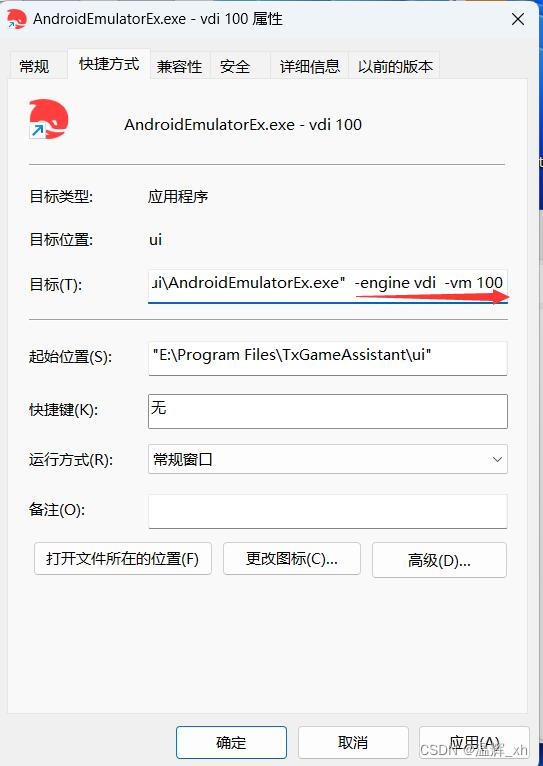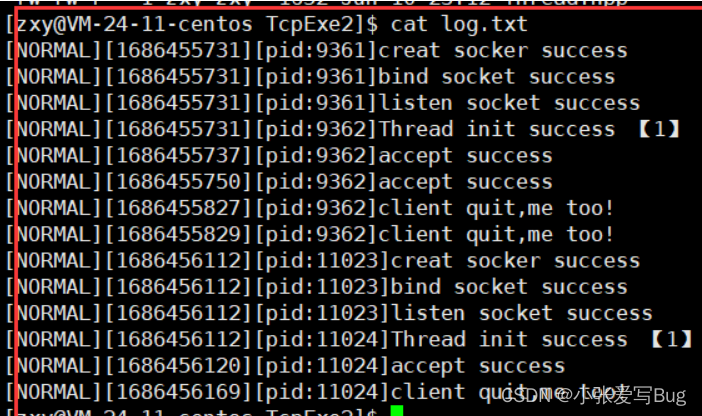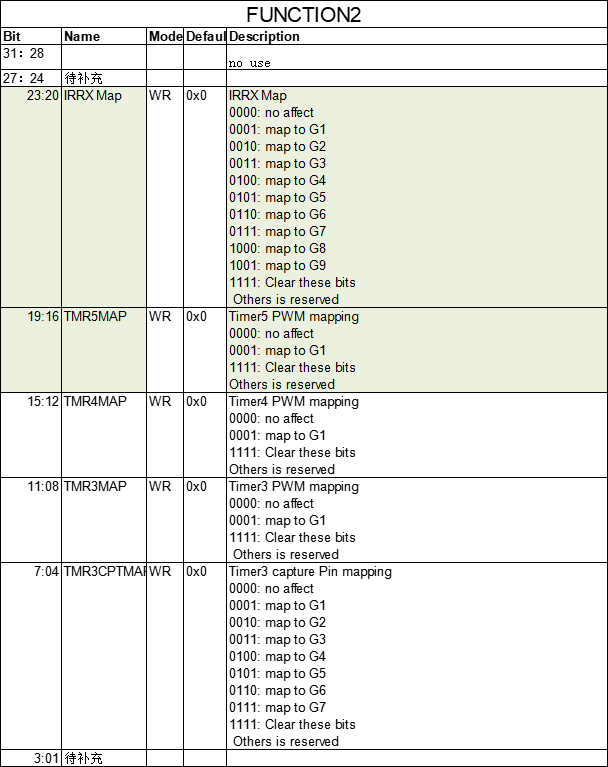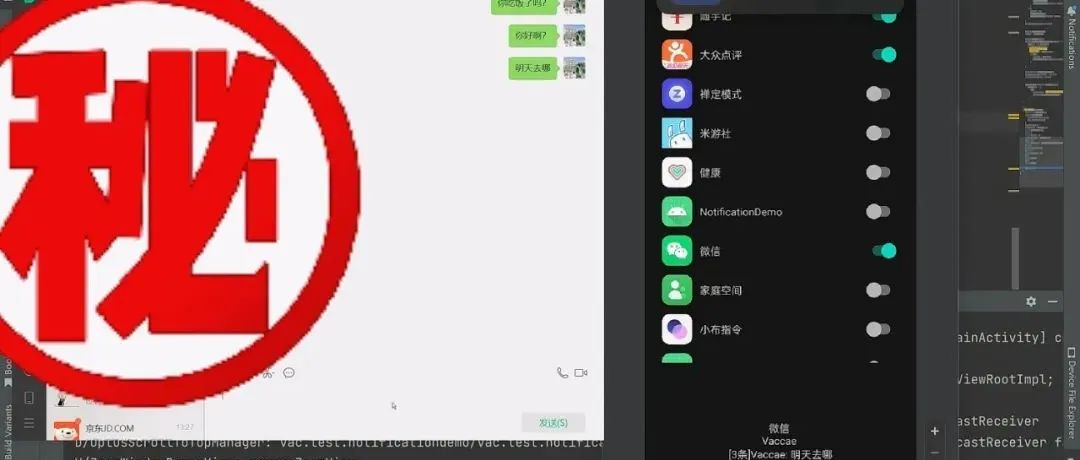目录
为什么需要协议
redis协议示例
http协议举例
自定义协议
要素
编解码器
测试
为什么需要协议
TCP/IP 中消息传输基于流的方式,没有边界。
协议的目的就是划定消息的边界,制定通信双方要共同遵守的通信规则
例如:在网络上传输
下雨天留客天留我不留是中文一句著名的无标点符号句子,在没有标点符号情况下,这句话有数种拆解方式,而意思却是完全不同,所以常被用作讲述标点符号的重要性
一种解读
下雨天留客,天留,我不留另一种解读
下雨天,留客天,留我不?留如何设计协议呢?其实就是给网络传输的信息加上“标点符号”。但通过分隔符来断句不是很好,因为分隔符本身如果用于传输,那么必须加以区分。因此,下面一种协议较为常用
定长字节表示内容长度 + 实际内容例如,假设一个中文字符长度为 3,按照上述协议的规则,发送信息方式如下,就不会被接收方弄错意思了
0f下雨天留客06天留09我不留redis协议示例
*3 $3 SET $5 mykey $7 myvalue对于上面的内容发出的命令为SET mykey myvalue
*3表示要发三个数组
$3表示第一个数组的长度为3
后接具体的指令为SET
后面的$5 $7也是同样的道理
public class redisHttp {
public static void main(String[] args) {
NioEventLoopGroup worker = new NioEventLoopGroup();
byte[] LINE={13,10};
try {
Bootstrap bootstrap = new Bootstrap();
bootstrap.channel(NioSocketChannel.class);
bootstrap.group(worker);
bootstrap.handler(new ChannelInitializer<SocketChannel>() {
protected void initChannel(SocketChannel ch) throws Exception {
ch.pipeline().addLast(new LoggingHandler());
ch.pipeline().addLast(new ChannelInboundHandlerAdapter(){
public void channelActive(ChannelHandlerContext ctx) throws Exception {
set(ctx);
get(ctx);
};
private void get(ChannelHandlerContext ctx){
ByteBuf buf = ctx.alloc().buffer();
buf.writeBytes("*2".getBytes());
buf.writeBytes(LINE);
buf.writeBytes("$3".getBytes());
buf.writeBytes(LINE);
buf.writeBytes("get".getBytes());
buf.writeBytes(LINE);
buf.writeBytes("aaa".getBytes());
buf.writeBytes(LINE);
ctx.writeAndFlush(buf);
}
private void set(ChannelHandlerContext ctx){
ByteBuf buf = ctx.alloc().buffer();
buf.writeBytes("*3".getBytes());
buf.writeBytes(LINE);
buf.writeBytes("$3".getBytes());
buf.writeBytes(LINE);
buf.writeBytes("set".getBytes());
buf.writeBytes(LINE);
buf.writeBytes("$3".getBytes());
buf.writeBytes(LINE);
buf.writeBytes("aaa".getBytes());
buf.writeBytes(LINE);
buf.writeBytes("xxx".getBytes());
buf.writeBytes(LINE);
ctx.writeAndFlush(buf);
}
});
}
});
ChannelFuture channelFuture = bootstrap.connect("127.0.0.1", 6379);
channelFuture.channel().closeFuture().sync();
}catch (Exception e){
e.printStackTrace();
}finally {
worker.shutdownGracefully();
}
}
}http协议举例
public class httpSimple {
static final Logger log = LoggerFactory.getLogger(HelloWordServer.class);
public static void main(String[] args) {
NioEventLoopGroup boss=new NioEventLoopGroup();
NioEventLoopGroup worker=new NioEventLoopGroup();
try {
ServerBootstrap serverBootstrap = new ServerBootstrap();
serverBootstrap.channel(NioServerSocketChannel.class);
serverBootstrap.group(boss,worker);
serverBootstrap.childHandler(new ChannelInitializer<SocketChannel>() {
protected void initChannel(SocketChannel ch) throws Exception {
ch.pipeline().addLast(new LoggingHandler(LogLevel.DEBUG));
ch.pipeline().addLast(new HttpServerCodec());
ch.pipeline().addLast(new SimpleChannelInboundHandler<HttpRequest>() {
@Override
protected void channelRead0(ChannelHandlerContext ctx, HttpRequest msg) throws Exception {
//获取请求
log.debug(msg.uri());
// 返回响应
DefaultFullHttpResponse response = new DefaultFullHttpResponse(msg.protocolVersion(), HttpResponseStatus.OK);
byte[] bytes = "<h1>Hello,world!</h1>".getBytes();
response.headers().setInt(CONTENT_LENGTH,bytes.length);
response.content().writeBytes(bytes);
//写回响应
ctx.writeAndFlush(response);
}
});
}
});
ChannelFuture channelFuture = serverBootstrap.bind(8080).sync();
channelFuture.channel().closeFuture().sync();
}catch (Exception e){
e.printStackTrace();
}finally {
boss.shutdownGracefully();
worker.shutdownGracefully();
}
}
}启动服务端在浏览器中输入localhost:8080


自定义协议
要素
- 魔数,用来在第一时间判定是否是无效数据包
- 版本号,可以支持协议的升级
- 序列化算法,消息正文到底采用哪种序列化反序列化方式,可以由此扩展,例如:json、protobuf、hessian、jdk
- 指令类型,是登录、注册、单聊、群聊... 跟业务相关
- 请求序号,为了双工通信,提供异步能力
- 正文长度
- 消息正文
编解码器
@Slf4j
public class MessageCodec extends ByteToMessageCodec<Message> {
@Override
protected void encode(ChannelHandlerContext ctx, Message msg, ByteBuf out) throws Exception {
}
@Override
protected void decode(ChannelHandlerContext ctx, ByteBuf in, List<Object> out) throws Exception {
}
}重写编码方法
@Override
protected void encode(ChannelHandlerContext ctx, Message msg, ByteBuf out) throws Exception {
// 1. 4 字节的魔数
out.writeBytes(new byte[]{1, 2, 3, 4});
// 2. 1 字节的版本,
out.writeByte(1);
// 3. 1 字节的序列化方式 jdk 0 , json 1
out.writeByte(0);
// 4. 1 字节的指令类型
out.writeByte(msg.getMessageType());
// 5. 4 个字节
out.writeInt(msg.getSequenceId());
// 无意义,对齐填充
out.writeByte(0xff);
// 6. 获取内容的字节数组
ByteArrayOutputStream bos = new ByteArrayOutputStream();
ObjectOutputStream oos = new ObjectOutputStream(bos);
oos.writeObject(msg);
byte[] bytes = bos.toByteArray();
// 7. 长度
out.writeInt(bytes.length);
// 8. 写入内容
out.writeBytes(bytes);
}
用于将自定义Message对象编码成二进制数据流发送给远程服务器。具体解释如下:
-
4字节的魔数:这个魔数是用来标志协议的,客户端和服务端都要保持一致,表示这是同一种协议。
-
1字节的版本:表示当前数据流的版本号。
-
1字节的序列化方式:表示使用哪种序列化方式将Message对象转为二进制数据流,其中0代表JDK序列化方式,1代表JSON序列化方式。
-
1字节的指令类型:表示Message对象中的指令类型,也就是表示这个消息是干什么用的。
-
4字节的序列号:表示该消息的序列号,用于检测是否有消息丢失或重复等问题。
-
无意义,8位填充:由于前面魔数、版本、序列化方式、指令类型、序列号已经使用了12个字节的长度,而长度字段需要占用4个字节的长度,为了对其,需要在这里填充一个字节,使得总长度为13个字节。
-
4字节的消息体长度:表示消息体的长度。
-
消息内容:将Message对象序列化为字节数组,再写到输出流中。
最终,这个编码器将Message对象转化为了一个二进制数据流,方便通过网络传输到远程服务器。
重写解码方法
@Override
protected void decode(ChannelHandlerContext ctx, ByteBuf in, List<Object> out) throws Exception {
int magicNum = in.readInt();
byte version = in.readByte();
byte serializerType = in.readByte();
byte messageType = in.readByte();
int sequenceId = in.readInt();
in.readByte();
int length = in.readInt();
byte[] bytes = new byte[length];
in.readBytes(bytes, 0, length);
ObjectInputStream ois = new ObjectInputStream(new ByteArrayInputStream(bytes));
Message message = (Message) ois.readObject();
log.debug("{}, {}, {}, {}, {}, {}", magicNum, version, serializerType, messageType, sequenceId, length);
log.debug("{}", message);
out.add(message);
}
用于将接收到的二进制数据流解码成自定义的Message对象。具体解释如下:
-
读取4字节的魔数。
-
读取1字节的版本。
-
读取1字节的序列化方式。
-
读取1字节的指令类型。
-
读取4字节的序列号。
-
读取1字节,这个字节被视为无意义填充。
-
读取4字节的消息体长度,也就是消息内容的字节长度。
-
根据消息体长度创建一个字节数组,并从输入流中读取相应的字节数据。
-
将字节数组反序列化成一个Message对象。
-
输出相应的日志信息,包括魔数、版本、序列化方式、指令类型、序列号、消息体长度以及反序列化后的Message对象。
-
把反序列化后的Message对象添加到out列表中。
最终,这个解码器将二进制数据流转化为了自定义的Message对象,方便在业务逻辑中使用。
测试
EmbeddedChannel channel = new EmbeddedChannel(
new LoggingHandler(),
new LengthFieldBasedFrameDecoder(
1024, 12, 4, 0, 0),
new MessageCodec()
);
// encode
LoginRequestMessage message = new LoginRequestMessage("zhangsan", "123", "张三");
// channel.writeOutbound(message);
// decode
ByteBuf buf = ByteBufAllocator.DEFAULT.buffer();
new MessageCodec().encode(null, message, buf);
ByteBuf s1 = buf.slice(0, 100);
ByteBuf s2 = buf.slice(100, buf.readableBytes() - 100);
s1.retain(); // 引用计数 2
channel.writeInbound(s1); // release 1
channel.writeInbound(s2);




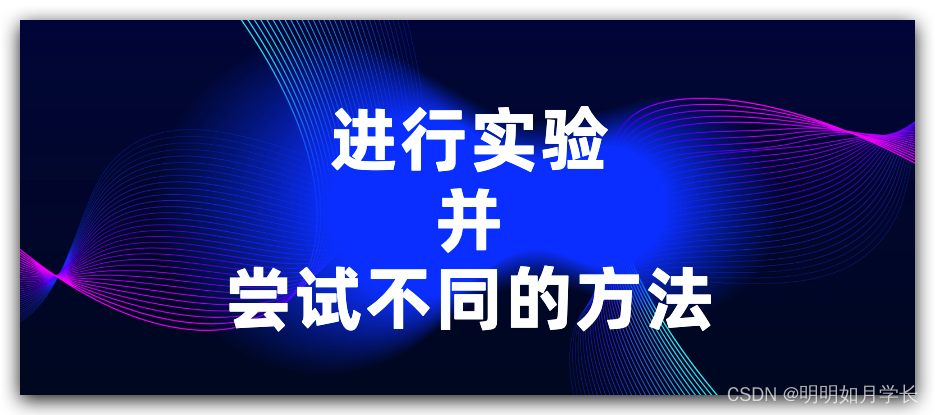

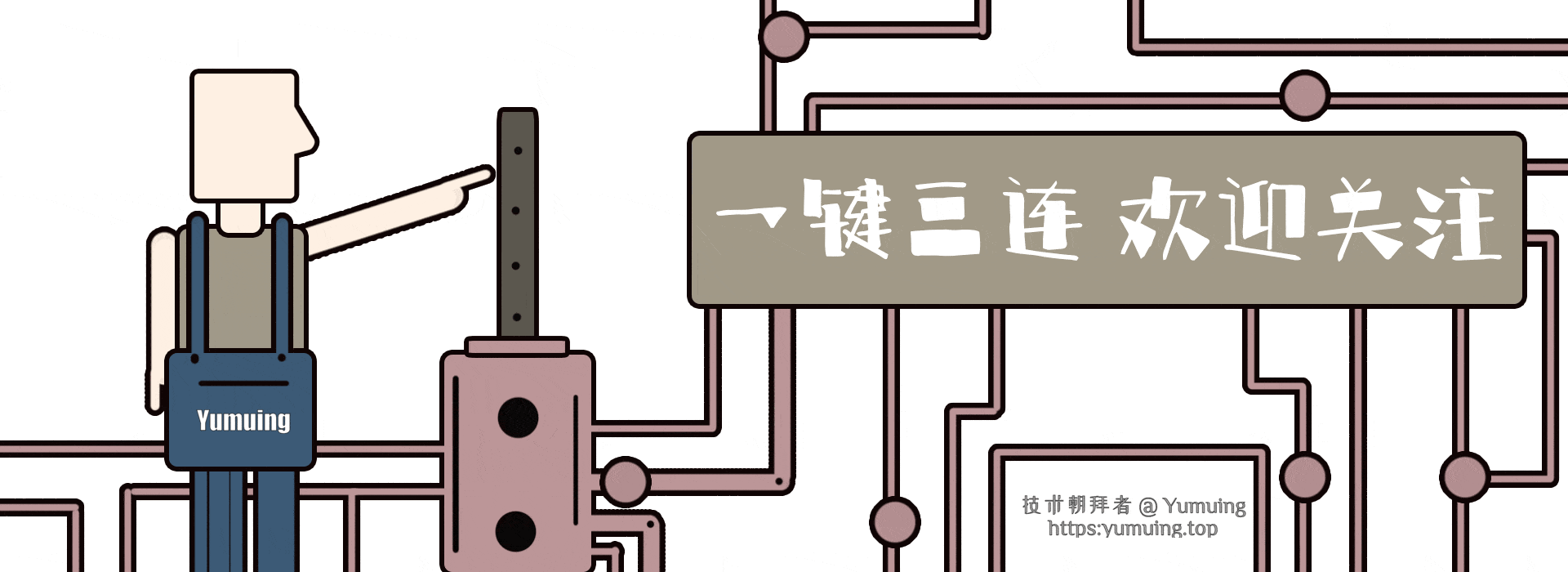
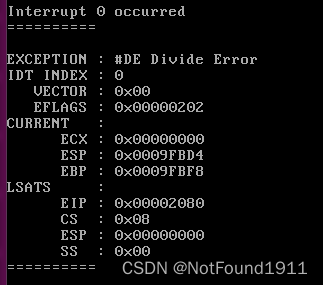
![栈和队列(栈的应用)[二]](https://img-blog.csdnimg.cn/fa82b96d42bc4495a5204f4fe513ff33.png)
